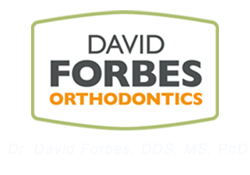
Animal models of primary palate development have provided a great deal of information relative to both normal and abnormal development. The murine model has been particularly useful, because several strains have relatively high frequencies of spontaneous cleft lip with our without cleft palate, and other have no spontaneous frequency of CL(P). To read more, click […]










